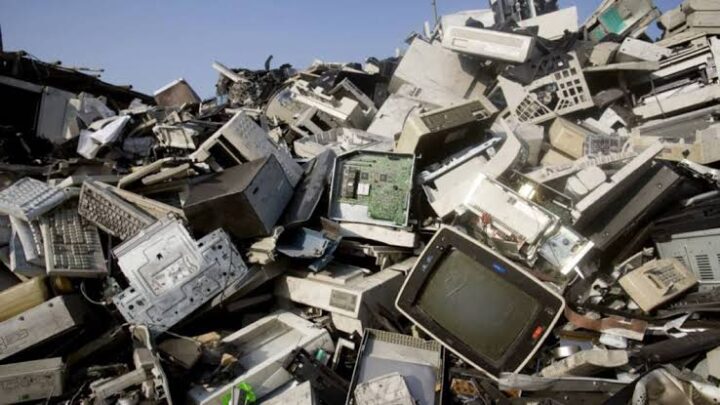Bryan Willson, executive director of the energy institute at Colorado State University, US, says the organisation is focused on developing technology solutions to reduce carbon emissions in developing countries.
He said the institute is working on providing energy-related products and services directly to people in emerging or underdeveloped countries across the world.
The researcher noted that this includes clean cooking stoves that can reduce carbon dioxide emissions by half.
Speaking during a briefing of the US Foreign Press Centers’ virtual reporting tour on the climate crisis, Willson said there is a global innovation crisis that can be addressed through technology.
Advertisement
“Historically on the technical side, much of the work that we’ve done in the early days of the facility was around combustion sources, large industrial engines. A lot of our work is focused on developing technology solutions to reduce emissions from these large sources. And essentially now, we develop sets of science; we work with different companies to get the science – to get that science into actual hardware, into products, and then work with companies to get those implemented in place,” Willson said.
“So essentially now every engine on the US natural gas pipeline system uses technology that we created. And in the aggregate that reduces NOx emissions, oxides of nitrogen. The oxides of mitogen create smog. This suite of solutions reduces oxides of nitrogen by the same amount as removing about 150 million automobiles from the highway. So impactful work, but it really meant doing the messy work of getting solutions implemented at scale.
“But a lot of our work now has gone beyond what happens in the chamber, combustion chamber, to understand how we can decarbonize this industry. And so some of that work includes solutions such as algae-based biofuels. This is actually a technology that we developed and what you are looking at here is a large photobioreactor facility in the southern part of our state growing algae to create fuels that could be used to replace diesel fuel. Now, I should say in this case one thing that we conclusively concluded was that we cannot produce algae at a cost that is competitive with petroleum.
Advertisement
“A lot of our work right now – we have a long history of working with hydrogen systems. Hydrogen is getting a lot of focus as an energy carrier you could think of as a fuel, but it’s a fuel that we can make by taking renewable electricity and using it to split water into hydrogen and oxygen. And then we can use that hydrogen directly in things like fuel cells or we can blend it with natural gas to both improve the performance of the natural gas but to provide a transition as we change from fossil fuels to a zero-carbon economy with the goal of getting to total carbon neutrality by 2050, but with very aggressive goals in 2030 and 2035 along the way.
“And a company we launched called Envirofit International is now one of the largest producers of cookstoves, selling clean cookstoves in emerging markets and developing nations.”
In addition, Willson stated that the energy institute’s goal is to ensure that there is a partner attached to any research it carries out so that the solutions can be implemented.
Advertisement







